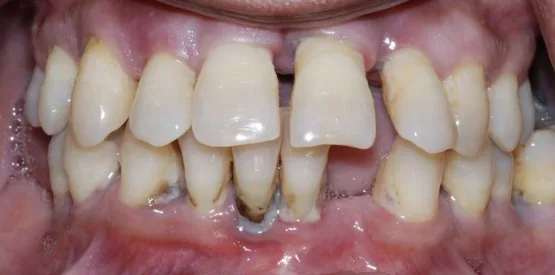Halitosis: Causes, Diagnosis, Treatment, and Prevention
Halitosis, also known as bad breath or oral malodor, is a condition characterized by an unpleasant odor emanating from the mouth. It’s a common issue that affects approximately 1 in 4 people globally and is often a source of social embarrassment. Thankfully, it’s a condition that’s often easy to treat and prevent. Let’s break it down into simple terms.
(more…)

